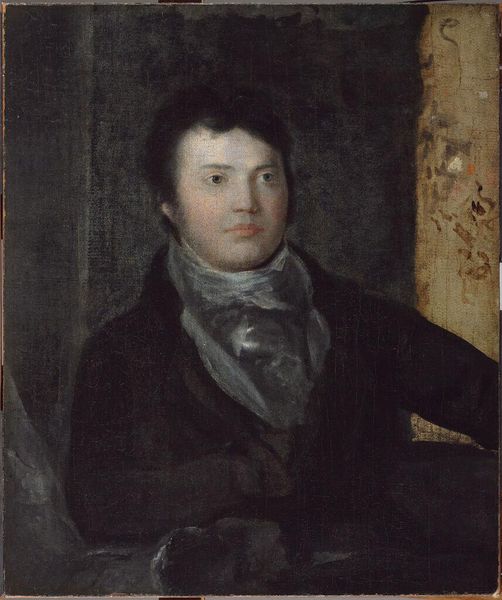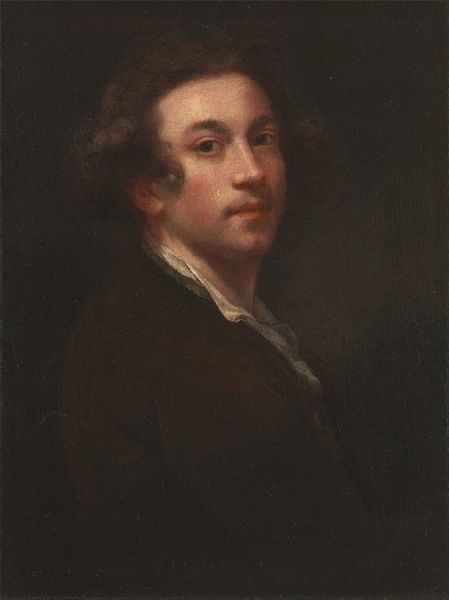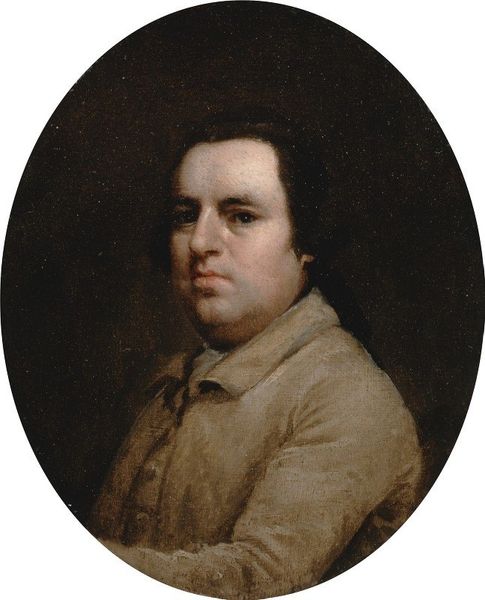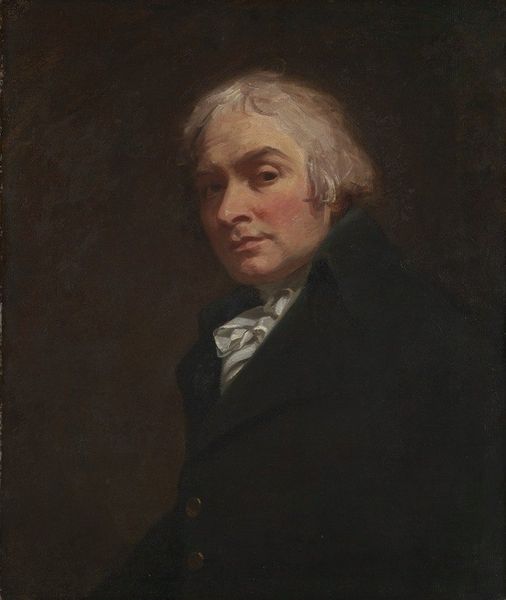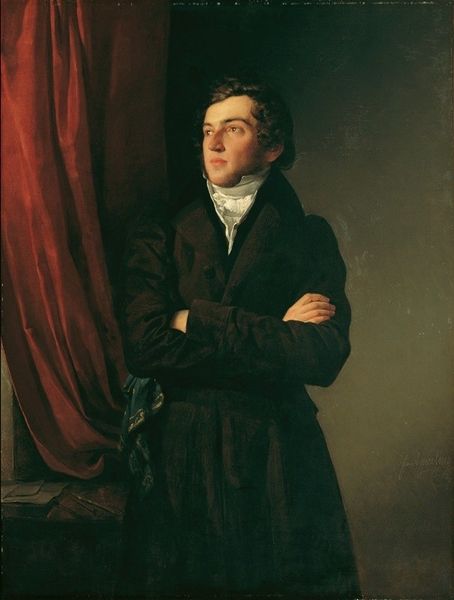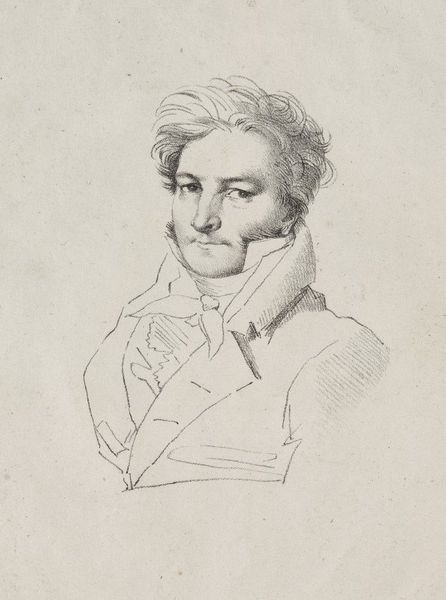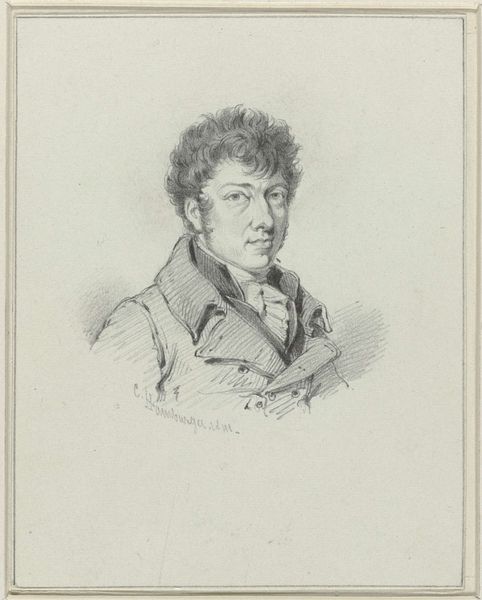
Copyright: Public Domain: Artvee
Francisco Goya captures Tiburcio Pérez y Cuervo in a contemplative pose, his arms crossed, set against a dark backdrop. This gesture, deeply embedded in the visual language of portraiture, speaks to more than mere physical posture. Consider the sculpture of Roman emperors, where similar stances convey authority, or even introspection. The act of crossing one's arms can signify defensiveness, thoughtfulness, or a quiet self-assuredness. In Goya’s rendering, the subject’s gaze softens the potential for arrogance. A connection emerges between the portrait’s subject and a lineage of figures who used posture to communicate complex inner states. This echoes in contemporary film, where a character's body language speaks volumes, revealing layers of meaning beneath the surface, influencing our subconscious understanding. The cyclical journey of symbols continues, ever-evolving, yet firmly rooted in our collective consciousness.
Comments
No comments
Be the first to comment and join the conversation on the ultimate creative platform.
